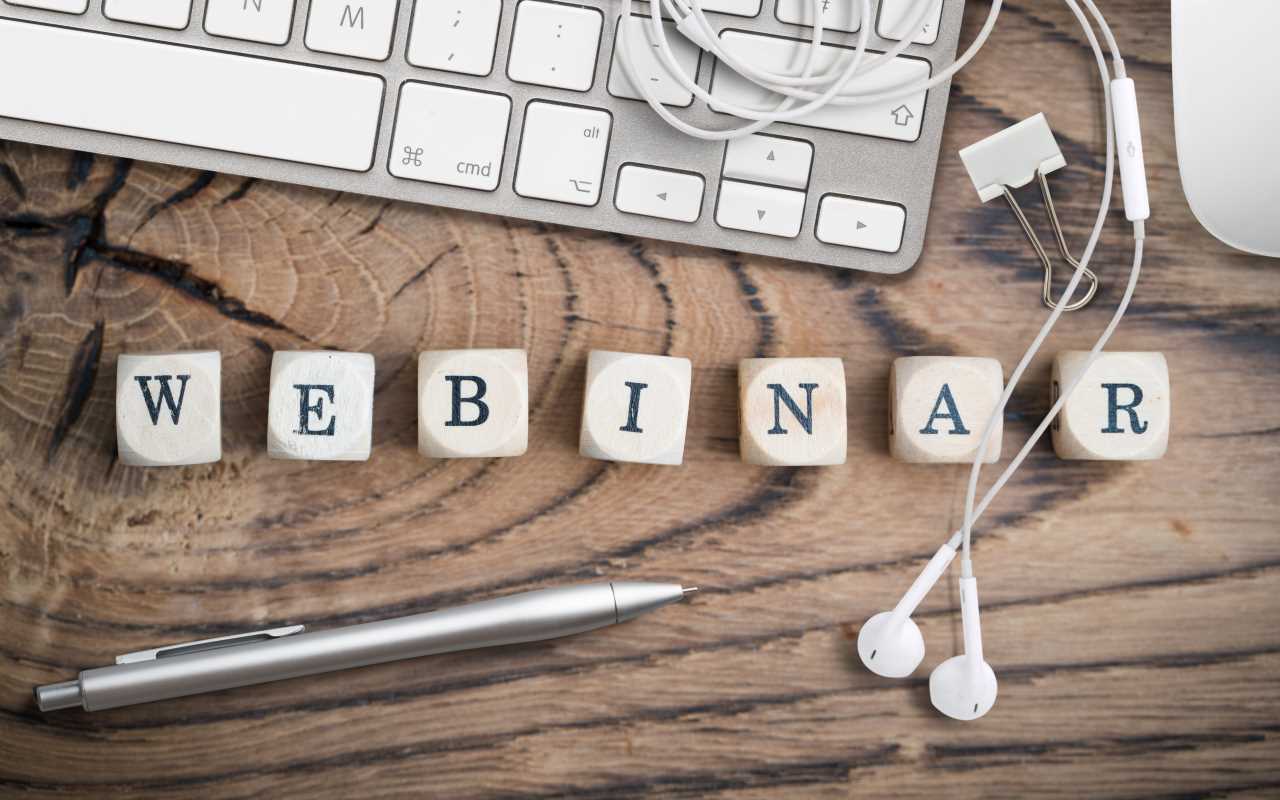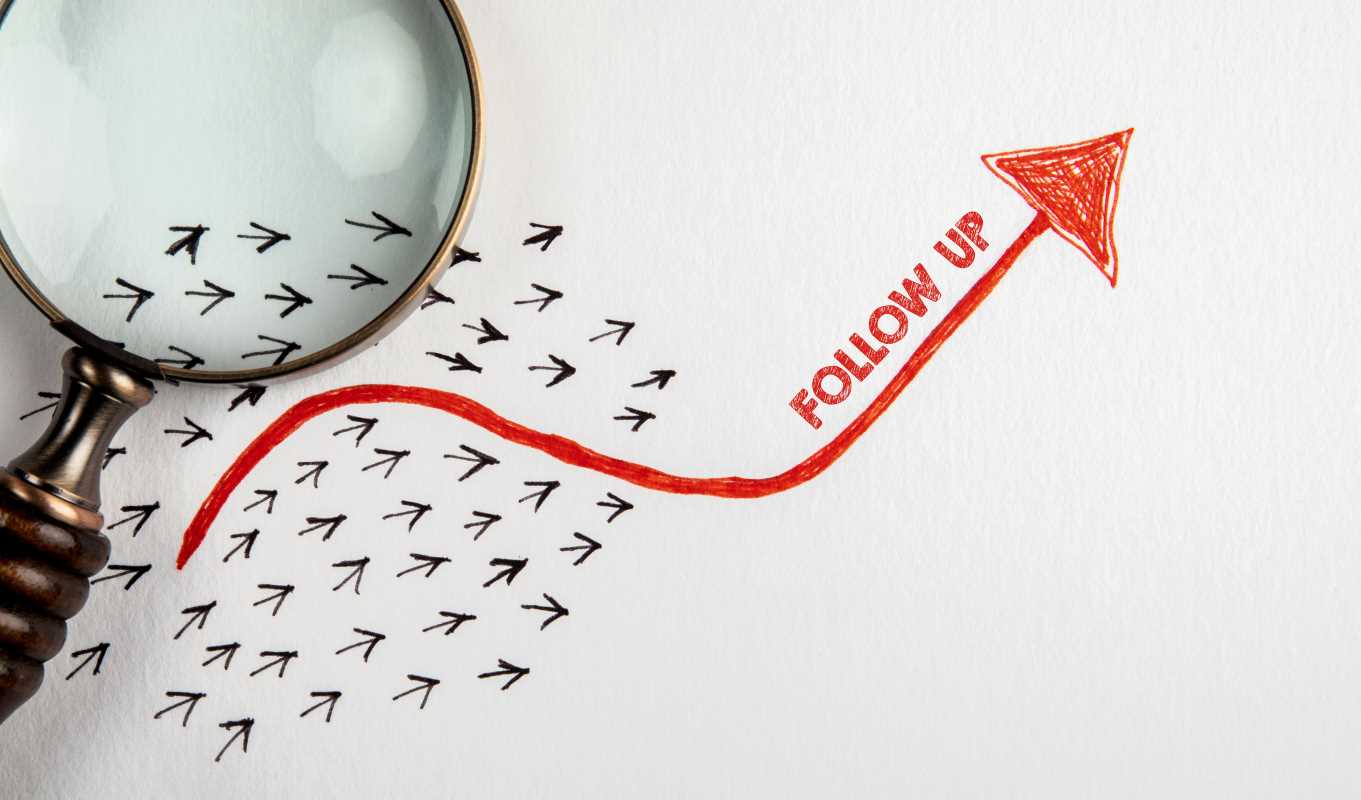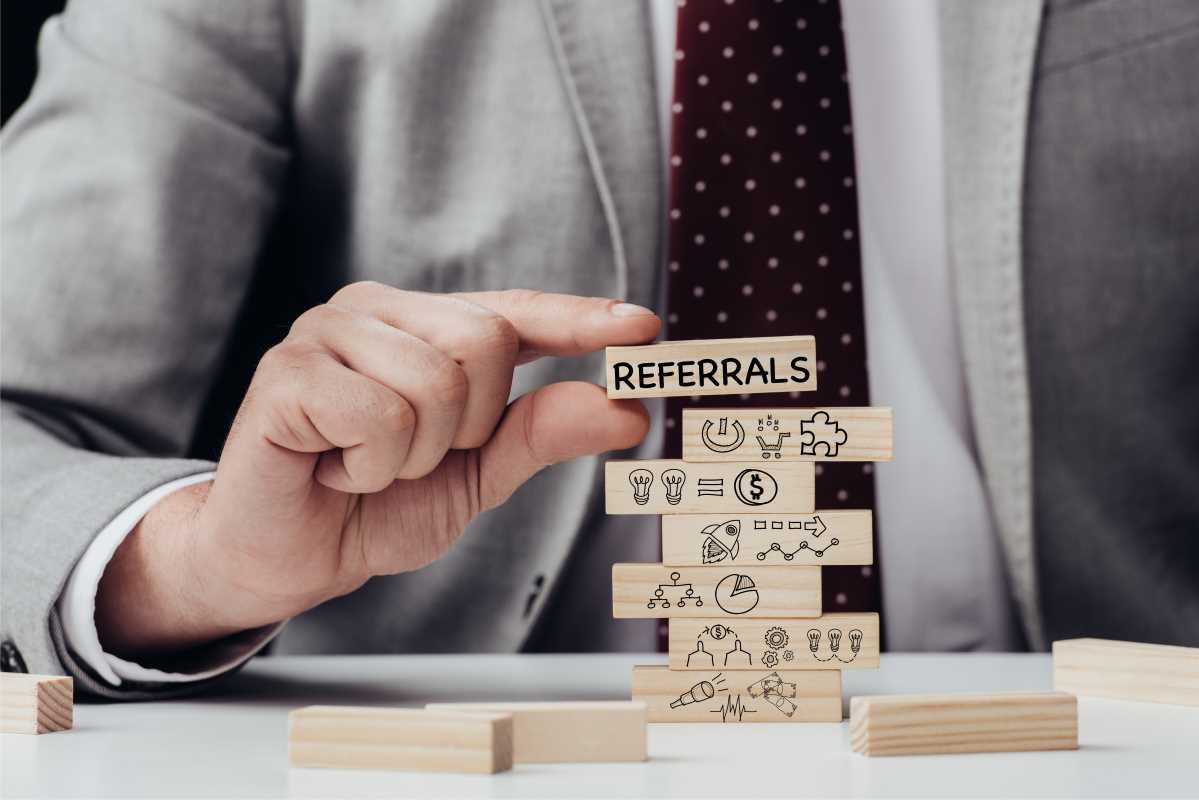Putting on an event, whether it's an online webinar or an in-person workshop, can feel like a massive undertaking. You have to come up with a topic, create the content, handle the technology, and then face the biggest challenge of all: getting people to actually show up. Doing it all alone can be draining and often yields limited results. This is why smart professionals and businesses are turning to a more collaborative approach: co-hosting. By partnering with a complementary brand or expert, you can instantly double your resources, creativity, and, most importantly, your promotional power. Co-hosting transforms a solo effort into a team sport, allowing you to share the workload while tapping into a brand-new audience. It’s a powerful strategy for expanding your reach and building meaningful professional relationships at the same time.
The Power of Two
The core benefit of co-hosting is simple arithmetic: one plus one equals more than two. When you team up with a partner, you’re not just adding their audience to yours; you’re creating a new, combined value that attracts people from both sides. Each partner brings their own credibility and trust, which extends to the other. For an attendee, an event hosted by two trusted names is often more appealing than one hosted by a single entity.
This approach also allows you to share the costs and labor involved. Instead of one person handling everything from promotion to presentation, the tasks are divided. This frees up time and energy, allowing both partners to focus on what they do best. The result is often a higher-quality, more engaging event that neither of you could have produced alone.
Finding Your Perfect Event Partner
The success of a co-hosted event begins with choosing the right partner. You’re looking for someone who complements your brand, not competes with it. The ideal partner serves a similar audience but offers a different product, service, or expertise. For example, a web designer could partner with a copywriter to host a webinar on "Creating a High-Converting Website." A nutritionist could team up with a fitness trainer for a workshop on "Building a Healthy Lifestyle."
When searching for a partner, consider these points:
- Audience Alignment: Do they serve the type of people you want to reach?
- Brand Values: Do their professional values and style match yours?
- Engagement Level: Does their audience seem genuinely interested and engaged with their content? A partner with a small, loyal following can be more valuable than one with a large, passive one.
Once you have a potential partner in mind, reach out with a clear, specific idea. Explain the value you see in collaborating and how you believe a joint event could benefit both of your audiences.
Planning Your Co-Hosted Event for Success
Once you have a partner on board, the planning phase begins. Clear communication and organization at this stage are key to a smooth execution. Start with a kickoff meeting to align on the core components of the event.
First, define your topic and format. The topic should be something that allows both you and your partner to showcase your expertise equally. It should solve a specific problem or answer a pressing question for your combined audience. Decide if it will be a live webinar, a pre-recorded workshop, an in-person seminar, or a casual networking meetup.
Next, divide the responsibilities. Create a shared document that outlines who is responsible for what. This might include tasks like creating the presentation slides, setting up the registration page, managing the event technology, and handling email communications. When roles are clearly defined, nothing falls through the cracks. Also, agree on how you will handle any leads or sales generated from the event to ensure a fair distribution of the benefits.
A Joint Effort in Promotion
The biggest advantage of co-hosting is the doubled promotional power. To make the most of it, you need a coordinated marketing plan. Both partners should promote the event across all their channels, including email lists, social media platforms, and websites.
Create a set of shared promotional materials, such as graphics and email copy, to ensure consistent branding. This makes the event look professional and cohesive. Schedule your promotional activities so you are building momentum together. For instance, you could both send an announcement email on the same day, followed by coordinated social media posts throughout the week leading up to the event.
Encourage cross-engagement. When your partner posts about the event, share it with your audience and add your own comments. This shows your followers that you are genuinely excited about the collaboration and reinforces the partnership.
Delivering an Engaging Co-Hosted Experience
During the event itself, your goal is to create a seamless and dynamic experience for the audience. If you’re co-presenting, practice your handoffs. It should feel like a natural conversation, not two separate presentations stitched together. Interact with each other, build on each other's points, and engage in a friendly dialogue. This collaborative energy is often more interesting for the audience than a single speaker.
Designate roles for the live event. One person might focus on presenting while the other monitors the chat, answers questions, and engages with attendees. This ensures that the audience feels heard and involved throughout the session. If it’s an in-person event, work together to welcome guests and facilitate introductions, making everyone feel comfortable and encouraging networking.
Following Up to Solidify Your New Reach
The work isn't over when the event ends. A coordinated follow-up strategy is essential for converting attendees into long-term followers or customers. Send a "thank you" email to everyone who registered, including a recording of the event and a recap of the key takeaways.
This is also a great opportunity for both partners to make a relevant offer. It could be a link to a resource, an invitation to join your email list, or a special discount on a product or service. Make sure the follow-up email mentions and links to both you and your partner, giving attendees an easy way to connect with each of you. By working together from planning to follow-up, you can successfully expand your reach and build a valuable asset for future growth.
 (Image via
(Image via





